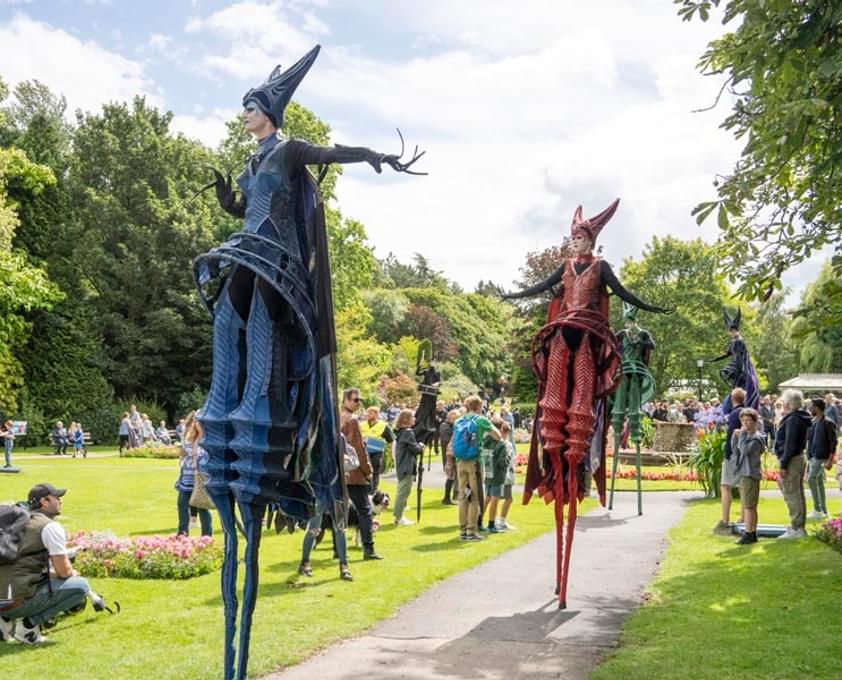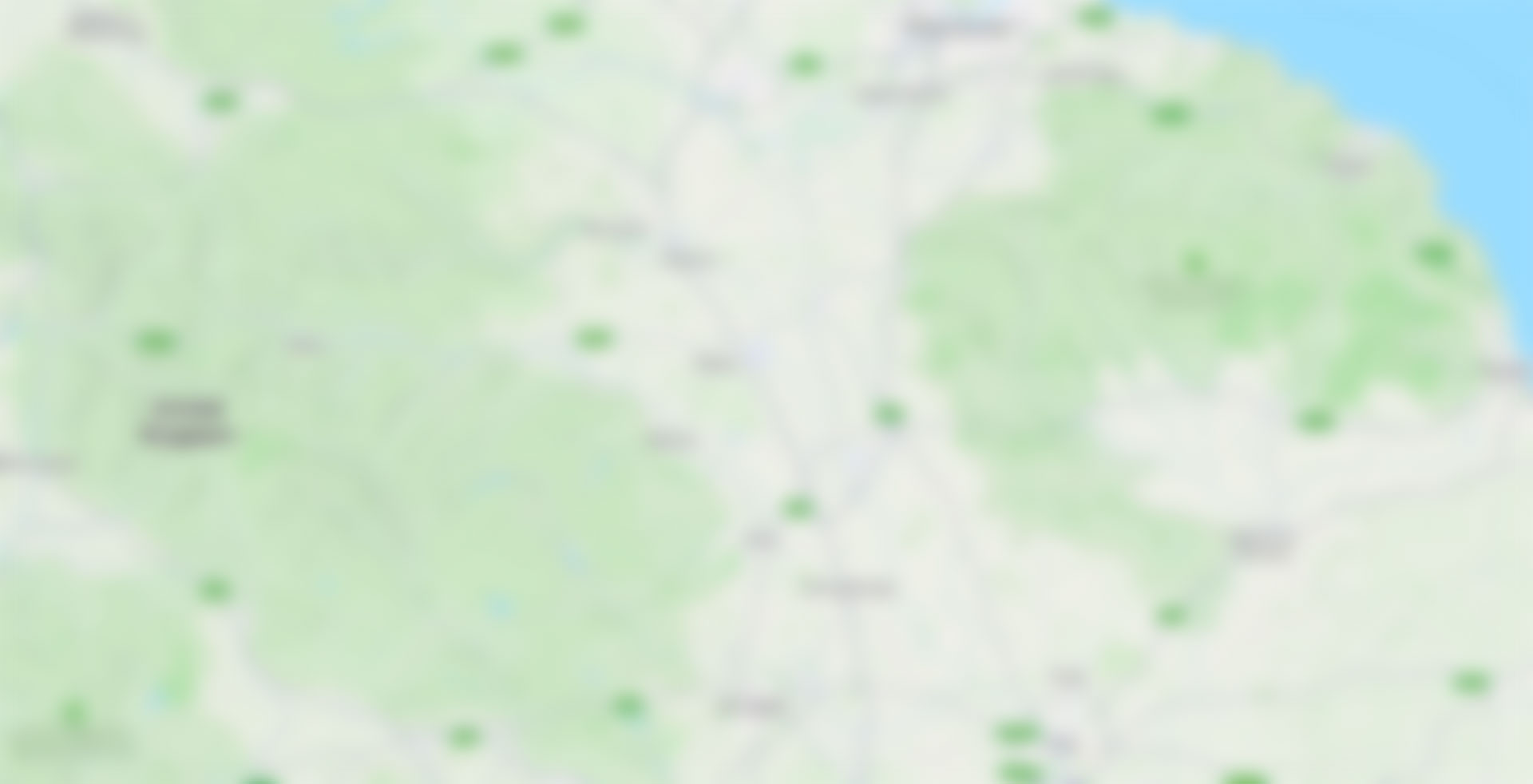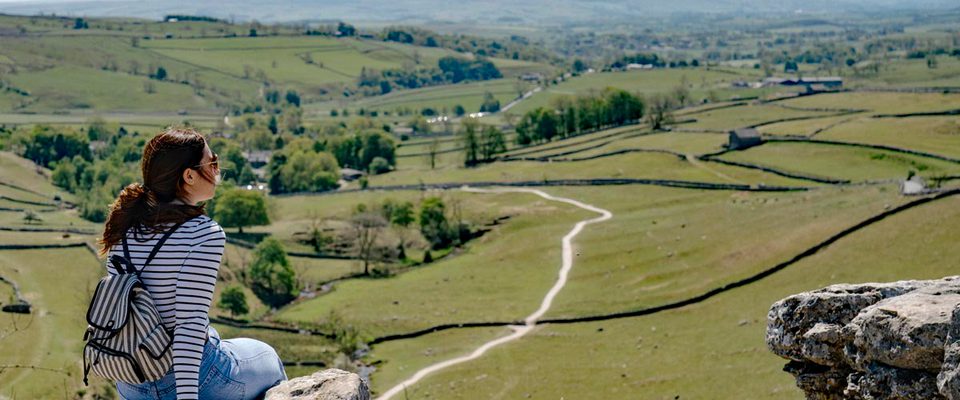What's Going On Here Then?
Your guide to what's on across North Yorkshire
Explore our event pages or carry on reading below
Choose a page
It's all going on in North Yorkshire
New and internationally renowned festivals and events build on our history and find new ways to celebrate the North Yorkshire way of life and shine a spotlight on arts, culture and literature.
If you are coming to North Yorkshire to indulge your passions and interests, then you can find events to inspire and enthral, whether you are a foodie, a history buff, a green-fingered garden lover or love live music – let us feed your hunger.
We have an incredible sense of tradition in our events with local festivals and agricultural shows that have run for hundreds of years where farmers and producers celebrate and showcase their livestock and goods, and in doing so, honour the heritage of the area.
Whatever the time of year, great festivals and events are happening across North Yorkshire.

Are you organising an event that would be of interest to visitors? Tell us about it here.
Featured Events
Times are hard for Dame Trott. She has no money, and her only child Jack… Times are hard for Dame Trott. She has no money, and her only child Jack isn’t much help either. When Dame Trott decides to sell their precious cow…
Discover one of North Yorkshire’s best Christmas events as Glow… Discover one of North Yorkshire’s best Christmas events as Glow illuminations return to RHS Garden Harlow Carr in Harrogate with a wonderful new…
Experience the joy of Christmas in the heart of Yorkshire this December.… Experience the joy of Christmas in the heart of Yorkshire this December. Harrogate’s famous Christmas Market returns to the town centre for 10 days…
By Animated ObjectsTriptych presents three unique projections designed for… By Animated ObjectsTriptych presents three unique projections designed for St. Mary’s Church. Each animation explores a theme connected to…
Search All Our Events
Start Date
End Date
Whispers of the Wilderness: Exploring Wilderness Gardens Exhibition at Beningbrough Hall
3 Sept - 12 Apr 26
The Scarborough Fair - Scarborough Art
11 Oct - 21 Dec 25
Christmas at Castle Howard with the Wonderful Wizard of Oz
13 Nov - 4 Jan 26
Scarborough Lights
14 Nov - 21 Dec 25
Curious About Harrogate - Valley Gardens
1 Dec - 24 Oct 26
Curious About Whitby - Whitby West Pier Lighthouse
1 Dec - 24 Oct 26
Curious About Ripon - Ripon City Centre
1 Dec - 24 Oct 26
Wreath making workshops at Harrogate Horticultural nursery - Harrogate Horticultural Nursery
1 Dec - 21 Dec 25
Botanical, Treasure and Landscapes - Collaborative Art - The Station
1 Dec - 2 Dec 25
Earth and Sky On the Platform - The Station
1 Dec - 2 Dec 25
Transformation - Wild Places Art Collective - The Station
1 Dec - 2 Dec 25
Letters to Lapland - The Green Howards Museum
1 Dec - 17 Dec 25
Christmas at The Green Howards Museum - The Green Howards Museum
1 Dec - 21 Dec 25
Guess How Much I Love You - A Garden Adventure - RHS Garden, Harlow Carr
1 Dec - 31 Dec 25
No Place Like Home - Dress Circle
1 Dec - 21 Dec 25
The Station Save Christmas! Activity Trail - The Station
1 Dec - 4 Jan 26


























